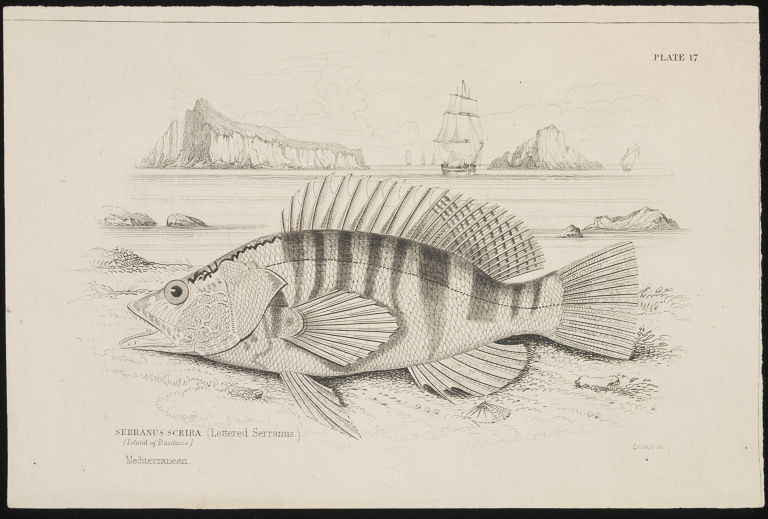James Hope Stewart on:
[Wikipedia]
[Google]
[Amazon]
 James Hope Stewart of Slodahill (1789–1883) was a Scottish natural history artist, known for his paintings for
James Hope Stewart of Slodahill (1789–1883) was a Scottish natural history artist, known for his paintings for
 Stewart is best known for his work preparing a long series of natural history illustrations for
Stewart is best known for his work preparing a long series of natural history illustrations for
Natural History Museum: James Hope Stewart
(9 paintings)
Victoria and Albert Museum: James Hope Stewart
(4 paintings) {{DEFAULTSORT:Stewart, James Hope 1789 births 1883 deaths Scottish artists Natural history illustrators
 James Hope Stewart of Slodahill (1789–1883) was a Scottish natural history artist, known for his paintings for
James Hope Stewart of Slodahill (1789–1883) was a Scottish natural history artist, known for his paintings for Sir William Jardine
Sir William Jardine, 7th Baronet of Applegarth FRS FRSE FLS FSA (23 February 1800 – 21 November 1874) was a Scottish naturalist. He is known for his editing of a long series of natural history books, ''The Naturalist's Library''.
Life a ...
's 40 volume series ''The Naturalist's Library''.
Life and work
Stewart was born on 2 August 1789 at Hillside, son of William Stewart of Hillhead. About 1816 he married Helen Bell (1792-1864); they lived at Gillenbie, Applegarthtown inDumfries and Galloway
Dumfries and Galloway ( sco, Dumfries an Gallowa; gd, Dùn Phrìs is Gall-Ghaidhealaibh) is one of 32 unitary council areas of Scotland and is located in the western Southern Uplands. It covers the counties of Scotland, historic counties of ...
, and had twelve children, ten sons and two daughters. He was the farmer and factor on a farm of 2,000 acres; he employed 3 men and 4 labourers on the farm, and 4 servants in the farmhouse.
There is confusion in the literature with a different James Stewart (engraver)
James S. Stewart (1791–1863) was a Scottish engraver and painter.
Life
He was born at Edinburgh in October or November 1791. He was articled to Robert Scott the engraver, and had as his helpful fellow pupil John Burnet. He also studied draw ...
(1791-1863), an artist in the Royal Scottish Academy
The Royal Scottish Academy (RSA) is the country’s national academy of art. It promotes contemporary Scottish art.
The Academy was founded in 1826 by eleven artists meeting in Edinburgh. Originally named the Scottish Academy, it became the ...
from 1829, who emigrated to South Africa in 1833 and died there.
Illustrations for ''The Naturalist's Library''
 Stewart is best known for his work preparing a long series of natural history illustrations for
Stewart is best known for his work preparing a long series of natural history illustrations for Sir William Jardine
Sir William Jardine, 7th Baronet of Applegarth FRS FRSE FLS FSA (23 February 1800 – 21 November 1874) was a Scottish naturalist. He is known for his editing of a long series of natural history books, ''The Naturalist's Library''.
Life a ...
's 40 volume ''The Naturalist's Library''. The 40 volumes of this encyclopedic work were published between 1833 and 1843. The subjects covered included birds, mammals, fish, and insects, each volume typically being devoted to a group such as Hummingbirds, Cetacea
Cetacea (; , ) is an infraorder of aquatic mammals that includes whales, dolphins, and porpoises. Key characteristics are their fully aquatic lifestyle, streamlined body shape, often large size and exclusively carnivorous diet. They propel them ...
ns, British Fishes, or Moths
Moths are a paraphyletic group of insects that includes all members of the order Lepidoptera that are not butterflies, with moths making up the vast majority of the order. There are thought to be approximately 160,000 species of moth, many of w ...
.
Stewart made and signed watercolour drawings for 213 mammal plates, 177 bird plates, 140 fish plates and 15 insect plates, a total of 545 under his name, in 28 volumes of ''The Naturalist's Library''. Many other plates in the series are in similar style and apparently by Stewart, but are unsigned. A number of the plates were engraved by William Home Lizars
William Home Lizars (1788 – 30 March 1859) was a Scottish painter and engraver.
Life
The son of Daniel Lizars, and brother of the surgeon John Lizars, he was born at Edinburgh in 1788, and was educated at the high school there. His sister ...
(1788-1859) from Stewart's drawings. Stewart may have added background detail to further plates by other artists such as Edward Lear
Edward Lear (12 May 1812 – 29 January 1888) was an English artist, illustrator, musician, author and poet, who is known mostly for his literary nonsense in poetry and prose and especially his limerick (poetry), limericks, a form he popularised. ...
.
According to Jardine's biographers, Christine Jackson and Peter Davis, another publisher, Captain Thomas Brown recognised from the publication of the first volume in 1833 that "James Stewart's illustrations were going to make the series very attractive", and Brown attempted to lure Stewart to work on his rival series, "Miscellany of Natural History" for "any price he cared to name"; but Stewart chose to remain loyal to Jardine. It is also recorded that Stewart disliked having to paint mammals, but was prevailed upon by Lizars to draw a St Bernard dog for Sir Thomas Lauder.
References
External links
Natural History Museum: James Hope Stewart
(9 paintings)
Victoria and Albert Museum: James Hope Stewart
(4 paintings) {{DEFAULTSORT:Stewart, James Hope 1789 births 1883 deaths Scottish artists Natural history illustrators